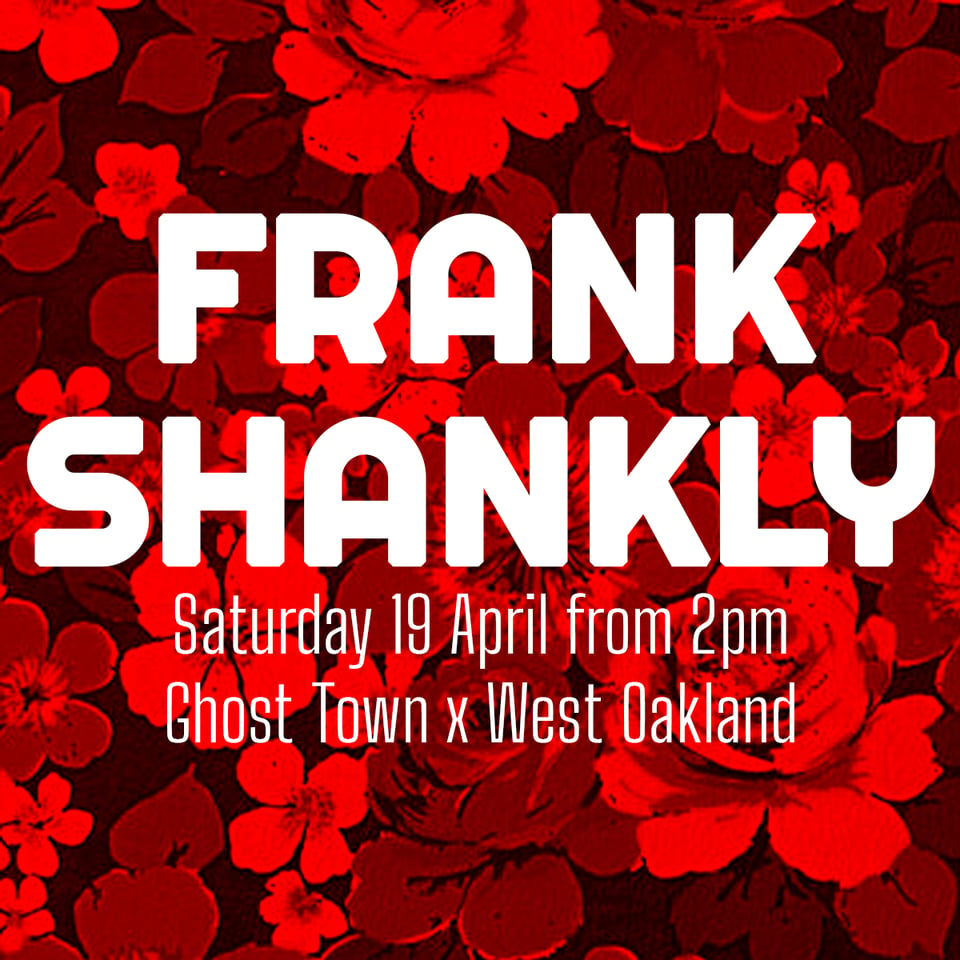Five+ Facts About Taffy Nivert
A few weeks ago, we stumbled upon a sizable stash of John Denver 45s, mostly from Denver’s mid-70s classic era. Unfortunately, most had too much surface noise to pass our quality control team. Honestly, few records from that stash made it to the store. (However, one that did is a real treasure — I’M SORRY/ CALYPSO — and if you like John, it's a fantastic deal since both sides became hits.)

(How did we managed to get off-topic so quickly? Focus, Frank.)
While lamenting this and staring at the label of TAKE ME HOME, COUNTRYROADS before it was disposed of, we noticed one of the credited songwriters was Taffy Nivert, whose name rang a bell. Frank thought you might enjoy at least some of what we found out about her.
ONE While growing up in Washington, D.C., Mary Catherine Nivert became Taffy Nivert when her older brother, unable to pronounce her middle name as a young child, would call her Mary Tafferine.
TWO While working as a typist for the AFL-CIO, Taffy was discovered by a bartender in Georgetown after he heard her singing along to his jukebox. The bartender asked if she wanted to join a vocal group, which led her to meet her future husband, Bill Danoff. Nivert began performing with Danoff as Fat City, a folk duo, in the late 1960s. Billy and Taffy married.
THREE In 1970, while traveling to a Nivert family reunion in Gaithersburg, Maryland, Bill began writing a song that would become TAKE ME HOME, COUNTRY ROAD.
“I just started thinking about country roads; I reflected on growing up in western New England and exploring all these small roads," Danoff said. "It didn't have anything to do with Maryland or any other place. I didn't want to write about Massachusetts because I didn't think that word was musical."
When Fat City opened for John Denver at The Cellar Door a few months later, they decided to present the not-yet-completed song to him (even though the plan was to sell the song to Johnny Cash). Recorded in New York City in January, it became a hit song for Denver on RCA Victor in early 1971. Bill and Taffy provide backup vocals. The song also features Eric Weissberg, of DUELING BANJOS-fame, on steel guitar.
The single reached number one on the Cash Box Top 100 and number two on the Billboard Hot 100, surpassed only by HOW CAN YOU MEND A BROKEN HEART by The Bee Gees.
In 1998, the recording was inducted into the Grammy Hall of Fame. In 2014, it became one of the four official state anthems of West Virginia. In 2023, the song was chosen by the Library of Congress for inclusion in the National Recording Registry.
FOUR Taffy collaborated with filmmaker Robert Altman on his 1975 musical drama Nashville, conducting research on the city and its music industry alongside screenwriter Joan Tewkesbury.
FIVE In 1976, Taffy and Bill partnered with Jon Carroll and Margot Chapman to form the Starland Vocal Band. Signed to John Denver's record label, Windsong Records, they quickly became ultra-famous for the slyly sexy song AFTERNOON DELIGHT, a mega-hit in 1976 that reached number one on the Hot 100 on July 10. Soon, Taffy and Bill were hosting their own variety show, The Starland Vocal Band Show, which replaced Rhoda as a half-hour weekly series that summer.
SIX Taffy’s son, Owen, auditioned for season 10 of The Voice.
That Alternate Past That Frank Loves So Much

Have you ever been curious what Nancy Sinatra’s 1968 album Nancy & Lee would sound like if it was not sung by Nancy and Lee? Just remember, curiosity killed the cat and all that and then head to the discography of Suzi Jane Hokom.
In the early 1960s, Suzi was the creative and romantic partner of Lee. Either solo or with Lee, she recorded a number of songs that would end up on Nancy’s album, like SUMMER WINE.
In 1967, Suzi recorded several duets with a country singer from Arizona, Virgil Warner. These two — STORYBOOK CHILDREN/ LADY BIRD — were also recorded for Nancy’s 1968 long play. Now, you can compare and contrast.
See you soon

Thanks for stopping by. And best wishes for Spring.
